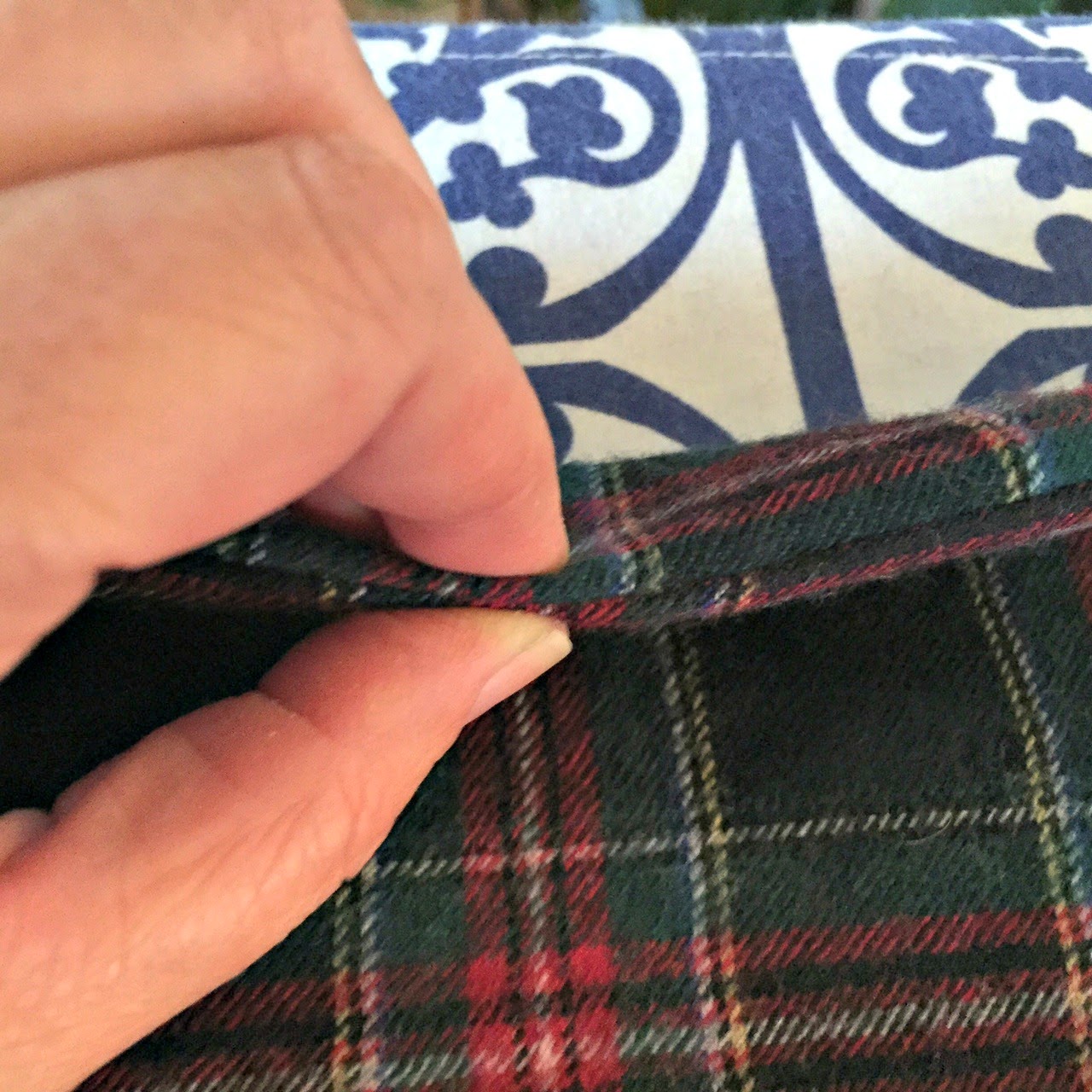Matchbook Gift Tags
Minimizing waste is something I try to focus on in all areas of my life and there is no time of the year more wasteful than the holidays. We buy wrapping paper, bows, tape, cards and gift tags only to throw them away after Christmas morning. Make a goal this year to challenge how you are wrapping and tagging gifts. If you get creative you'll find there are a lot of ways to reduce you waste.
One way you can do this is with reusable gift tags. You can make or buy chalkboard tags and use them over and over each year. This year I decided to make gift tags from vintage 1950's matchbooks I found on ebay. The set I bought features beautiful images of Christmas customs from around the world.
Making a matchbook into a gift tag is really easy. Start by tying a piece of twine or ribbon around the top (fold) of the matchbook.

Next, cut a Post It note to size to fit the back of the matchbook - the part where the strike strip is. Stick the Post it to the top of the back and tuck the unattached end of the Post It into the matchbook to close it. Finally, add a To and From label by hand or using a stamp if your handwriting is terrible like mine. When you are done, you have an adorable, reusable gift tag.















































